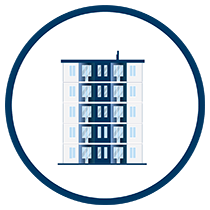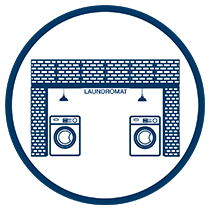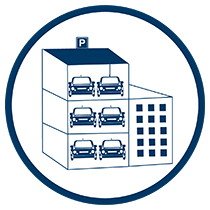Building classes
Building classifications under the National Construction Code (NCC) are as follows:
 | Class 1Domestic or residential buildings – single, standalone single houses and horizontally attached houses, such as terrace houses, row houses or townhouses. This class includes two sub-classifications:
|
 | Class 2Domestic apartment buildings – a building containing two or more sole-occupancy units where people live above, beside or below each other. This class may also include single-storey attached dwellings with a common space below, such as a carpark. |
 | Class 3Residential buildings other than a Class 1 or Class 2 building providing long-term or transient accommodation for a number of unrelated persons. For example:
|
 | Class 4A single domestic dwelling within a building of non-residential nature (that is, a Class 5 to Class 9 building). For example, a caretaker’s residence within a hospital. |
 | Class 5Office buildings for professional and/or commercial purposes, such as offices for government agencies, accountants or lawyers. |
 | Class 6Buildings where retail goods are sold or services are supplied to the public, such as shops or restaurants. This class may include:
|
 | Class 7Buildings including carparks, warehouses or storage buildings. This class includes two sub-classifications:
|
 | Class 8Factories – buildings used for production, assembling, altering, packing, cleaning etc. of goods or produce. This class may also include:
|
 | Class 9Public buildings – includes three sub-classifications:
|
 | Class 10Non-habitable structures – includes three sub-classifications:
|
Please note: Buildings can have mixed uses or be designed to serve multiple purposes. Refer to the National Construction Code for further information.
